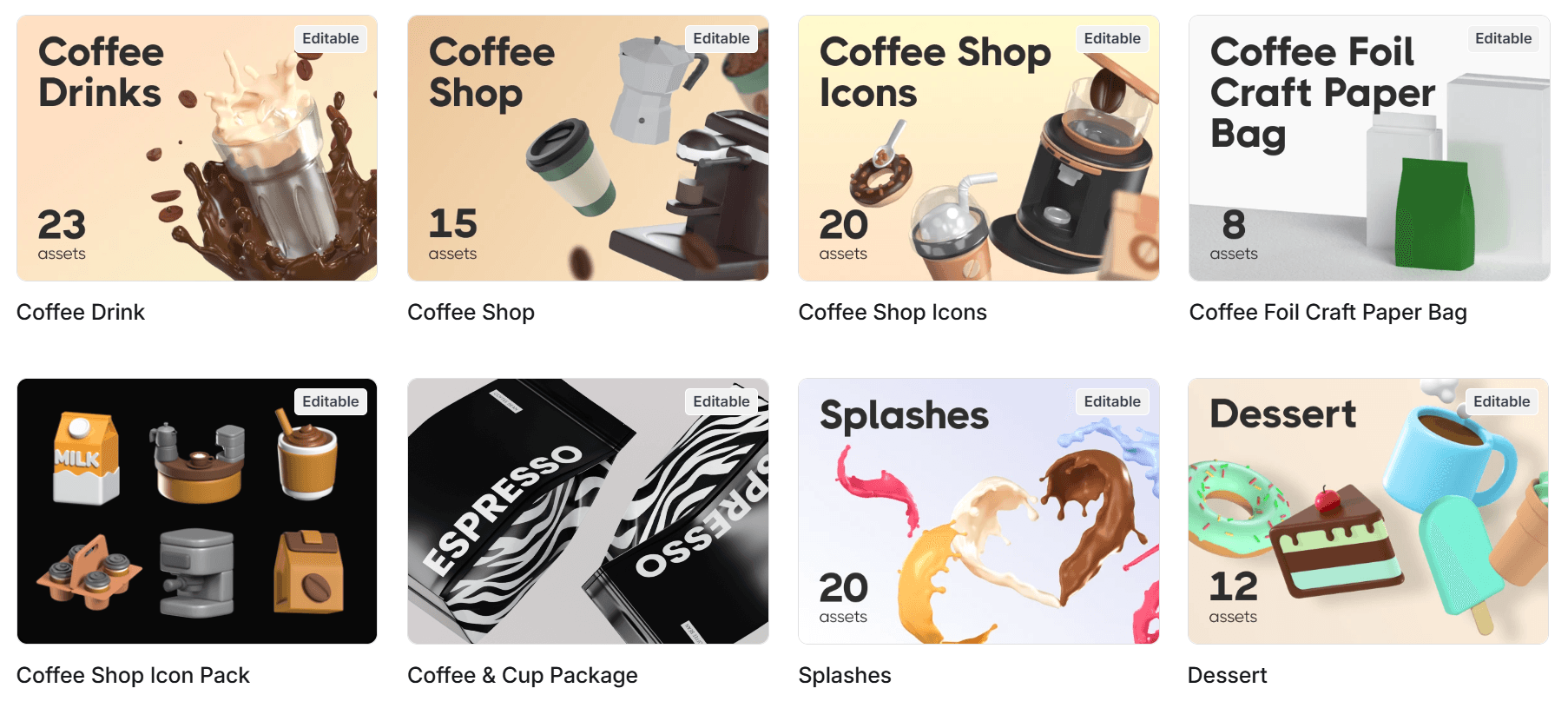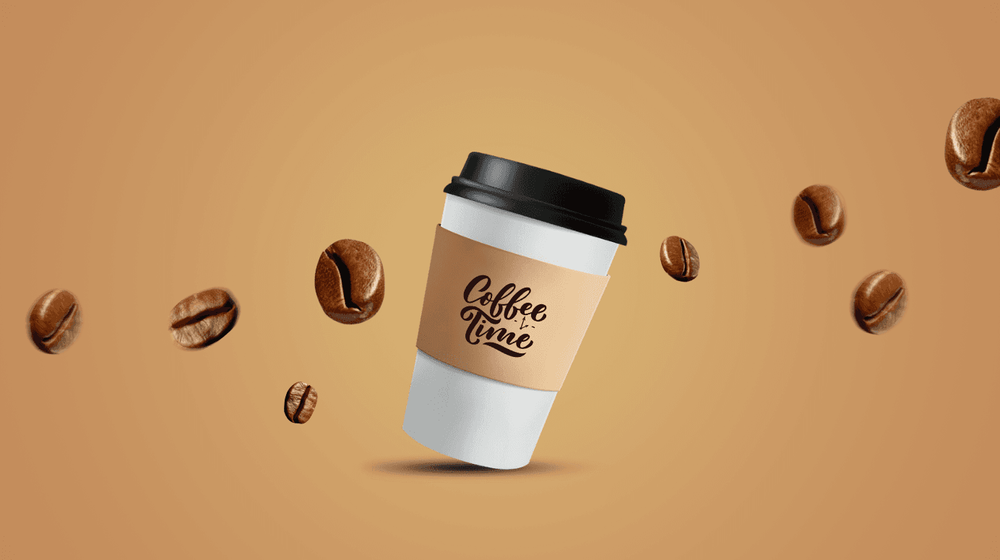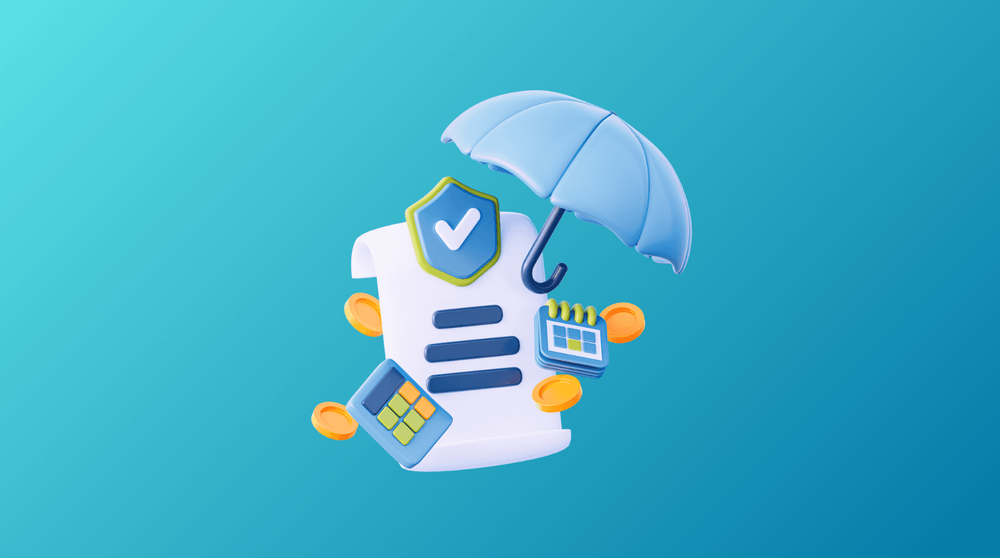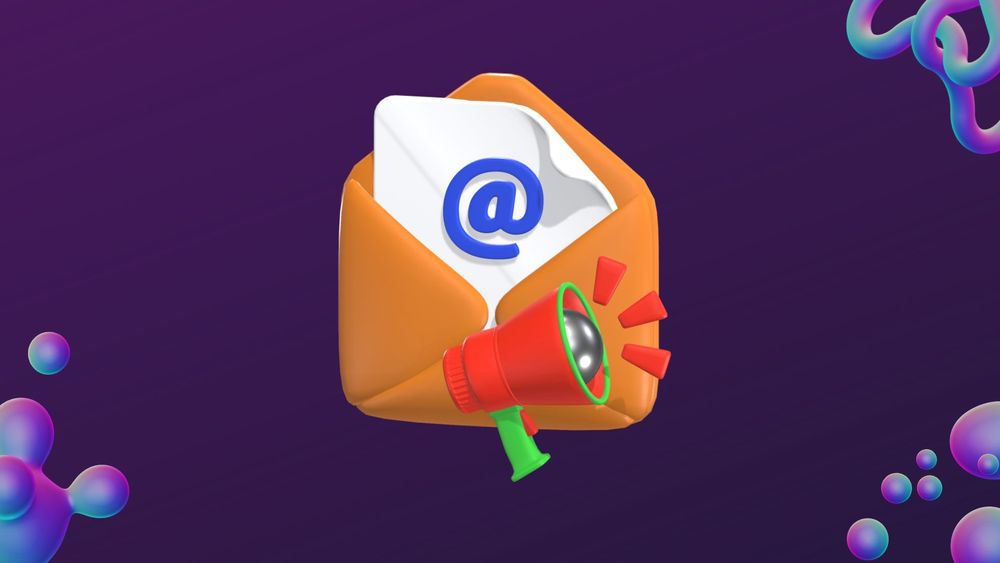As a coffee shop owner, you know the importance of staying up-to-date with technology in order to reach and engage with your customers. In today’s digital world, having a mobile app has become an essential tool for businesses of all types - including coffee shops. With more and more people using their smartphones for daily tasks such as ordering food and drinks, it’s crucial for coffee shops to have their own mobile app in order to stay competitive.
So if you’re considering creating a mobile app for your coffee shop or looking for ways to improve your existing one, you’ve come to the right place! In this guide, we’ll cover everything you need to know about mobile app development for coffee shops.
What Is a Coffee Shop App?
A coffee shop app is a mobile tool that makes visiting your favorite café more enjoyable and convenient. It’s designed to improve the experience for both customers and coffee shop owners. With this app, you can easily place orders, pay for your coffee, and participate in loyalty programs, all from your phone.
This app serves as a digital connection between the coffee shop and its customers. A coffee shop ordering app enhances customer convenience by allowing users to order coffee online, thus saving time for busy professionals. It offers various features that cater to the needs of today’s tech-savvy consumers. By using the app, you can avoid long lines, customize your drink orders, and even get special discounts for being a loyal customer.
Overall, a coffee shop app helps you enjoy your coffee experience while also making it easier for coffee shop owners to run their business efficiently.
Create a beautiful coffee app with 15,000+ 3D icons, illustrations and characters from Pixcap. Enjoy the customization options from colors, rotation and more in just a few clicks. Start designing for free!

Why Your Coffee Shop Needs a Mobile App
Having a mobile app for your coffee shop can greatly enhance the overall customer experience. With just a few taps on their smartphone, customers can easily browse your menu, place orders, make reservations, and even pay for their purchases - all without leaving the comfort of their home or office.
In addition to convenience, a mobile app also offers an opportunity for your coffee shop to stand out from competitors and showcase your unique brand personality. By incorporating elements such as your logo, color scheme, and design aesthetic into the app, you can create a cohesive and memorable brand experience for your customers. Mobile app development services play a crucial role in ensuring that your app performs well and maintains high quality through thorough testing, tailored to your specific business needs.
Moreover, a mobile app allows you to collect valuable data on your customers’ purchasing habits and preferences. This information can then be used to tailor your marketing strategies and improve customer retention.
Benefits of a Coffee Shop Mobile App
If you're still not convinced why your coffee shop needs a mobile app, here are some benefits to consider:
Enhanced Customer Engagement
Mobile apps enable coffee shops to communicate directly with their customers through push notifications and in-app messaging. For instance, a coffee shop can send out a notification about a new seasonal drink or a limited-time offer, keeping customers informed and engaged. By personalizing these messages based on customer preferences—like favorite drinks or past orders—shops can create a more tailored experience that encourages customer loyalty. Additionally, conducting thorough market research on popular coffee shop apps can provide valuable insights that will guide business owners in creating a successful mobile application tailored to meet consumer preferences.
Convenience and Speed
A mobile app allows customers to place orders ahead of time, which is especially valuable during busy hours. For example, a customer can order their morning coffee while on their way to the shop, ensuring it’s ready for pickup when they arrive. This convenience not only enhances the customer experience but also helps the coffee shop manage peak times more efficiently, reducing in-store congestion.
Loyalty Programs
Integrating loyalty programs into a mobile app can significantly boost customer retention. For instance, a coffee shop might offer a points system where customers earn points for every purchase made through the app. Once they reach a certain threshold, they can redeem those points for a free drink or discount. This encourages repeat visits and makes customers feel valued. Additionally, customers can track their points easily through the app, adding an element of gamification to their purchasing experience.
Increased Sales
Mobile apps can strategically promote upselling and cross-selling opportunities. For example, when a customer orders a latte, the app might suggest adding a pastry at a discounted rate. This not only enhances the customer’s experience by providing recommendations but also increases the average order value. By analyzing purchase patterns, the app can tailor suggestions to individual customers, making them more relevant and appealing.
Customer Insights
Apps provide valuable data analytics that can help coffee shop owners understand their customers better. By tracking metrics such as popular items, peak ordering times, and customer preferences, owners can make informed decisions about menu changes, promotions, and staffing needs. For example, if analytics show a surge in orders for a specific drink on weekends, the shop can prepare accordingly or run a targeted promotion to capitalize on that trend.
Essential Features of a Coffee Shop App
Here are some important features that a coffee shop app should have to provide an optimal experience for customers:
User-Friendly Interface
A user-friendly interface is the cornerstone of any successful app. The design should prioritize simplicity and ease of navigation. Key elements include a clear menu layout, prominent buttons for ordering, and an aesthetically pleasing color scheme that aligns with the coffee shop’s branding. A well-organized interface can significantly reduce the learning curve for new users, encouraging more customers to use the app regularly.
Mobile Ordering
Mobile ordering is a must-have feature. Customers should be able to browse the menu, customize their drinks (like specifying milk preferences, sweetness levels, etc.), and select pickup or delivery options seamlessly. Incorporating features like saved favorites and quick reordering from previous purchases can enhance convenience. Additionally, providing estimated wait times for orders can help manage customer expectations.
Loyalty Program Integration
A robust loyalty program incentivizes repeat business. The app should allow customers to easily enroll in the program, track their points, and redeem rewards directly through the app. Gamification elements, like achievement badges for frequent purchases, can further motivate customers to engage with the program. For instance, a "Coffee Connoisseur" badge could be awarded after trying ten different drinks, encouraging exploration of the menu.
Menu Display
An attractive menu display is essential for enticing customers. The menu should feature high-quality images of each item, detailed descriptions, and information on ingredients, allergens, and nutritional content. Categorizing items (e.g., hot drinks, cold drinks, pastries) can help users find what they’re looking for quickly. Seasonal or limited-time offerings should be highlighted to create urgency and encourage customers to try new items.
Payment Processing
Secure and diverse payment options enhance user experience. The app should support various payment methods, including credit/debit cards, mobile wallets like Apple Pay or Google Pay, and even in-app wallet systems. Ensuring that payment processing is fast and secure builds trust with customers. Additionally, providing a seamless checkout experience, with saved payment information for returning users, can reduce cart abandonment rates.
Push Notifications
Push notifications are a powerful tool for engagement. These alerts can inform customers about promotions, new menu items, or events happening in-store. Personalizing notifications based on user behavior—such as sending a reminder for a customer's favorite drink—can increase their effectiveness. However, it’s important to strike a balance to avoid overwhelming customers with too many notifications.
Location-Based Services
Location-based features enhance convenience for users. The app can use GPS to direct customers to the nearest coffee shop location, making it easy to find directions. Additionally, implementing check-in features that reward customers for visiting certain locations can foster a sense of community and encourage foot traffic.
Order History
A well-organized order history section allows customers to quickly reorder their favorite drinks and food items. This feature saves time and enhances convenience, especially for regular customers. Customers should be able to view details of past orders, including the date, items, and total spent, which can help them track their spending habits.
Customer Feedback and Ratings
Incorporating a feedback mechanism directly within the app allows customers to share their experiences easily. A simple rating system (e.g., 1 to 5 stars) can provide valuable insights into customer satisfaction. This feedback can help coffee shops identify areas for improvement. Responding to reviews, whether positive or negative, shows customers that their opinions matter and fosters a sense of community.
Social Media Integration
Integrating social media features can boost the coffee shop's online presence. Customers should be able to share their orders or favorite drinks on platforms like Instagram, Facebook, or Twitter directly from the app. This not only enhances customer engagement but also serves as organic marketing, encouraging others to visit the shop.
Events and Promotions Calendar
A dedicated section for events and promotions can attract more customers to the coffee shop. This feature can list upcoming events like open mic nights, seasonal festivals, or coffee-tasting sessions. Highlighting special promotions or discounts (e.g., "Happy Hour" deals) can create excitement and drive foot traffic, turning the coffee shop into a community hub.
Customer Support
An in-app customer support feature is essential for addressing user queries or issues promptly. This can include a live chat option, FAQs, or a contact form. Providing quick and effective support enhances customer satisfaction and can resolve issues before they escalate, ensuring a positive experience overall.
How to Create a Successful Coffee Shop App
Creating a custom coffee shop app involves several critical steps, from initial planning to launch and ongoing maintenance. Here’s a detailed guide on how to approach the development process:
1. Define Objectives and Target Audience
Before diving into development, clearly outline the app’s objectives. Consider what you want to achieve: increased sales, improved customer loyalty, enhanced engagement, or streamlined operations. Understanding your target audience—demographics, preferences, and behaviors—will help tailor features and design to meet their needs effectively.
2. Research Competitors
Conduct a competitive analysis to identify strengths and weaknesses of existing coffee shop apps, focusing on the intricacies of coffee shop app development. Look at popular features, user feedback, and design trends. This research will help you differentiate your app and implement innovative features that set it apart from competitors.
3. Outline Key Features
Based on your objectives and research, compile a list of essential features. Common features for a coffee shop app include:
- User-friendly interface
- Mobile ordering
- Loyalty program integration
- Menu display
- Payment processing
- Push notifications
- Location-based services
- Order history
- Customer feedback and ratings
- Social media integration
- Events and promotions calendar
- Customer support
Prioritize features to ensure the MVP (Minimum Viable Product) includes the most crucial ones for initial launch.
4. Choose the Right Technology Stack
Select the appropriate technology stack for your app. Consider factors such as:
- Platform: Decide whether to build for iOS, Android, or both. Cross-platform frameworks (like React Native or Flutter) can help reduce development time and costs.
- Backend Services: Choose a reliable backend solution (like Firebase, AWS, or a custom server) to manage data, user authentication, and payment processing.
- Database: Select a database that suits your needs (e.g., Firebase Realtime Database, MongoDB, or MySQL) for efficient data storage and retrieval.
A no code app builder can be a quick and efficient alternative to traditional custom app development, enabling users to design and build mobile applications in a fraction of the time, often within minutes.
5. Design the User Experience (UX) and User Interface (UI)
Create wireframes and prototypes to visualize the app’s layout and flow. Focus on:
- Intuitive Navigation: Ensure users can easily access features with minimal clicks.
- Visual Appeal: Design a modern and attractive UI that reflects your brand identity. Use high-quality images, consistent color schemes, and clear typography.
- Accessibility: Consider accessibility features to accommodate all users, including those with disabilities.
6. Development Phase
In this phase, both front-end and back-end development take place:
- Front-End Development: Build the client-side of the app, focusing on the UI components, navigation, and interactions.
- Back-End Development: Create the server-side functionalities, including database management, user authentication, and payment processing.
Regularly test the app during development to identify and fix bugs early on.
7. Testing
Conduct thorough testing to ensure the app functions correctly across various devices and operating systems. Focus on:
- Functional Testing: Verify that all features work as intended.
- Usability Testing: Gather feedback from potential users to identify any UX issues.
- Performance Testing: Assess the app’s speed, responsiveness, and stability under different conditions.
- Security Testing: Ensure that user data and payment information are secure.
8. Launch the App
Prepare for launch by creating a marketing strategy to promote the app. Utilize social media, email newsletters, and in-store promotions to generate excitement. Monitor user feedback and analytics closely during the initial launch phase to identify areas for improvement.
9. Ongoing Maintenance and Updates
Post-launch, continue to support the app by addressing user feedback and fixing any bugs that arise. Regularly update the app with new features, seasonal promotions, and improvements to keep users engaged and encourage repeat usage.
10. Analyze and Optimize
Utilize analytics tools to monitor user behavior, engagement, and sales data. This information can help you understand what features are working well and where improvements can be made. Use A/B testing to experiment with different features or promotional strategies to optimize user experience and increase conversions.
Estimated Cost of Developing a Coffee Shop App
The cost of creating a coffee shop app can differ greatly based on how complex the app is and the technology chosen. For a basic app that includes just the essential features, you might spend between $10,000 and $25,000. If you're looking for a mid-level app with more advanced features, the cost could range from $25,000 to $50,000. For a highly complex app that includes custom features and various integrations, the development cost could exceed $50,000.
Popular Coffee Shop App Examples
1. Starbucks App
The Starbucks app is very user-friendly and packed with features. You can order your favorite drinks ahead of time, which means you can skip the line when you arrive. It also has a rewards program called Starbucks Rewards, where you earn stars with each purchase. Accumulating stars lets you get free drinks and food. The app personalizes offers based on your past orders, making it easy to discover new items you might like. Plus, you can find nearby stores and see their menu right in the app.
2. Dunkin' App
The Dunkin' app is designed for convenience. It lets you order and pay for your coffee ahead of time, so you can grab it quickly without waiting. The loyalty program, called DD Perks, gives you points for every dollar you spend. Once you collect enough points, you can redeem them for free drinks. The app also offers exclusive deals and promotions, so you can save money on your favorite items. It’s great for coffee lovers who want to customize their drinks and enjoy rewards for their loyalty.
3. Peet's Coffee App
The Peet's Coffee app is all about enhancing your coffee experience. Like the others, it allows you to order ahead, so your drink is ready when you arrive. The app features a rewards program where you earn points for every purchase, which can be exchanged for free drinks and food. It also helps you discover new menu items and seasonal specialties. The store locator feature makes it easy to find the nearest Peet's Coffee location. Overall, it’s a solid choice for those who appreciate high-quality coffee and want to enjoy rewards.
Conclusion
Developing a mobile app for your coffee shop can greatly improve customer experience and boost sales. By offering features like online ordering, loyalty rewards, and easy payment options, you can keep customers coming back for more. Remember to keep the app user-friendly and visually appealing, as this will help attract more users. With the right approach, a coffee shop app can not only enhance your business but also create a stronger connection with your customers.




